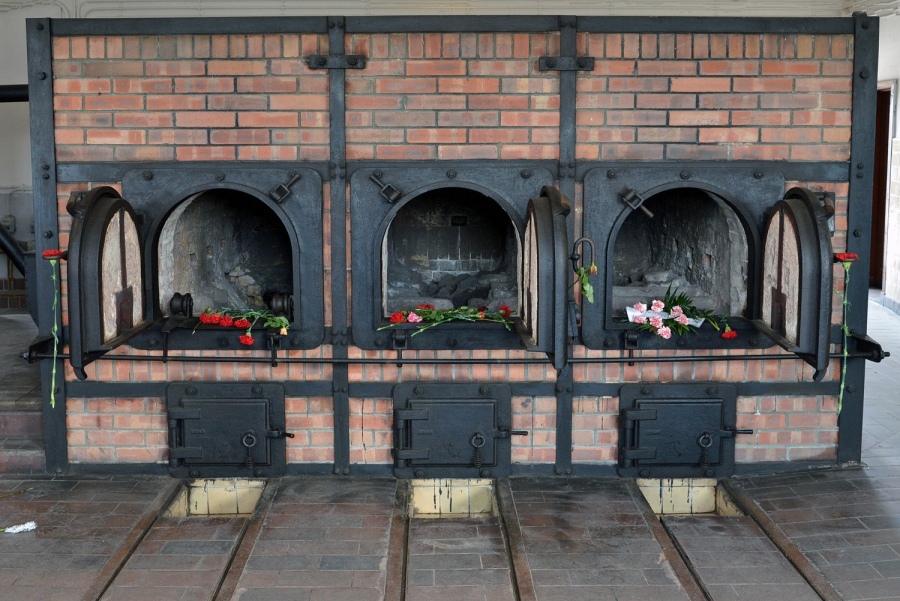A total of 667 prisoners tried to escape from the worst Nazi concentration camp in the world, Auschwitz, where more than a million people died during World War II, but not even half of them were lucky enough to survive. Among the lucky few, but also the most famous, were Czechoslovakians Rudolf Vrba and Alfred Wetzler, who were among the first to give written testimony about what happened at Auschwitz after they returned home. It was their report that convinced the Allies to take seriously the rumors of killings in Nazi concentration camps.
Getting out of the Auschwitz concentration camp was not easy. The camp was surrounded by protective chains, inner and outer, with a dense network of wires, with a guard tower equipped with machine guns and searchlights every 150 meters around the perimeter. Many failed to escape. Either they were killed on the run and their dead bodies were displayed for two days at the camp gate with the inscription “I have returned”, or they were tortured and hanged in front of the entire camp.
However, Rudolf Vrba and Alfred Wetzler did not thwart their escape plan. They were motivated not only by the desire to free themselves, but also by the urgent need to inform world public opinion about the continued extermination of Jews in the death camps.
They chose the same escape route as the group of four Poles before them, but the Nazis caught them. In the outer area of the camp where they worked during the day, with the help of other prisoners, they dug a hole in the ground covered with a pile of wood to build barracks. There they lay motionless when the sirens sounded on April 7, 1944, and the search for them began . That the SS did not reveal this was due to a trick they had picked up from Soviet POWs: wooden planks and surroundings covered with a solution of gasoline and tobacco would confuse the service dogs.
According to camp rules, the administration canceled the search after three days, and Vrba and Wetzler were able to embark on a dramatic ten-day trip to Slovakia with the stolen civilian clothes and a map retrieved from a children's atlas. They carried three small metal tubes filled with information about the “death factory” that Vrba had recorded during his stay.

On April 21, 1944, they managed to cross the Polish-Slovak border near the village of Skalista. Where they were met by a local peasant who had contacts with Jewish organizations. They were taken under the protection of the Jewish religious community in Žilina, and there they were shown a 60-page detailed account of the Auschwitz concentration camp. Its main purpose was to warn Hungarian Jews who were at the time of imminent extermination.
To this day, it remains a mystery why the Slovak Jewish community delayed this report and, instead of warning Hungarian Jews, first began negotiating with the chief organizer of the Holocaust, Adolf Eichmann. Thus, 400,000 Hungarian Jews were needlessly murdered, who obediently boarded trains knowing that they were going to “create a happy future for the Jewish race elsewhere.”
Wetzler's report was one of the first detailed written eyewitness accounts of the Holocaust. It confirmed the authenticity of previous rumors about Nazi concentration camps, which are often given little credibility because they described facts so horrific as to exceed the human imagination. After the war, the report was used in the Nuremberg trials and is now considered one of the most important documents of the 20th century.


















